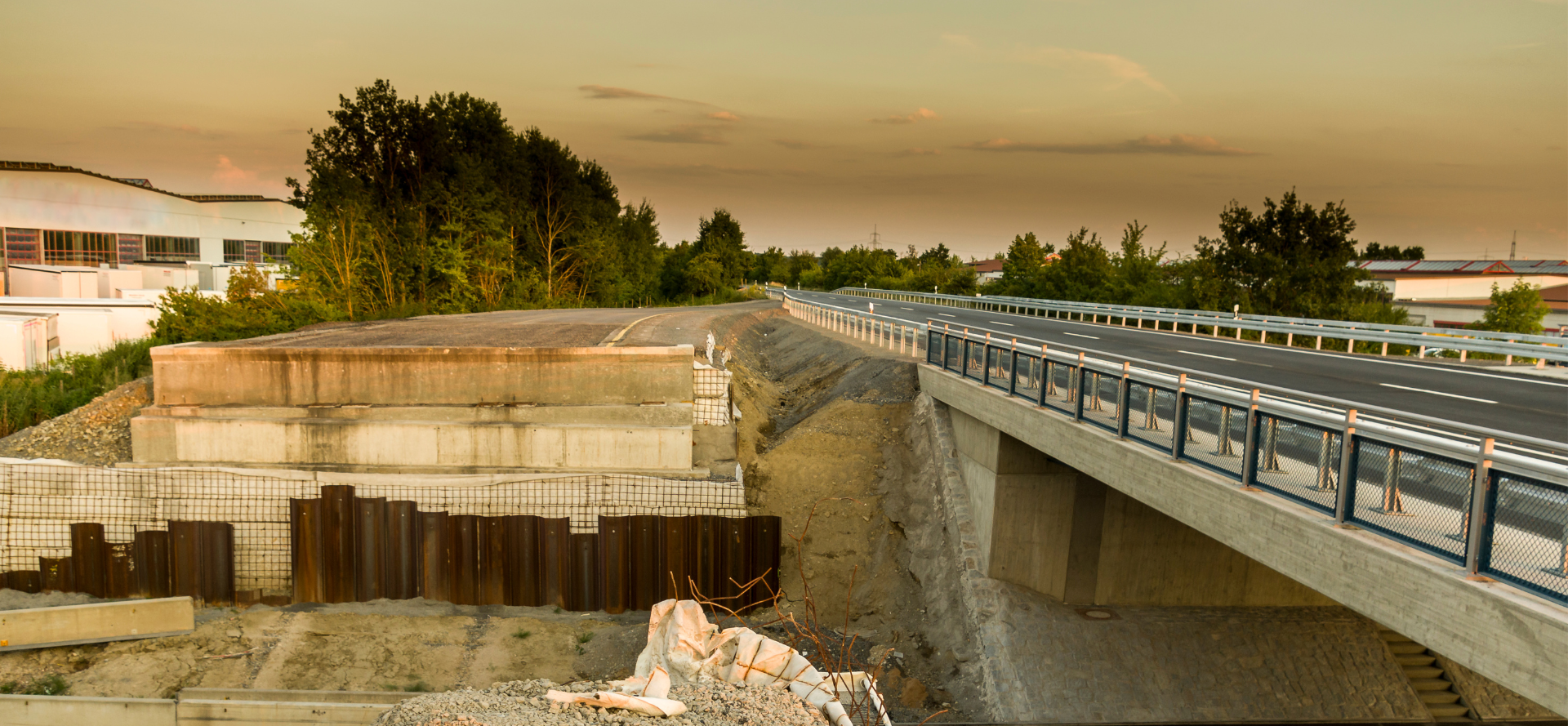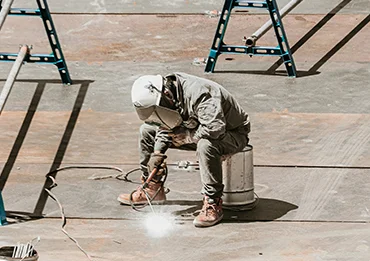
Uses of Cement in Building Construction: A Comprehensive Guide
Cement plays an indispensable role in modern construction, serving as one of the most crucial binding materials used in virtually every building project. Whether it’s a skyscraper, a bridge, or a residential home, cement forms the foundation of strength and durability. In this blog, we’ll explore the uses of cement in building construction in detail, highlighting its varied applications and why it remains the go-to material for construction professionals worldwide.
Understanding the Importance of Cement in Construction
The uses of cement in building construction span a wide range of activities, from laying foundations to constructing walls, roofs, and more. Cement is essential for creating concrete, mortar, plaster, and grout—materials critical to both small-scale residential projects and large industrial structures. It serves as the primary binder in construction, ensuring that materials like sand, gravel, and water combine to form robust and long-lasting structures.
As a versatile material, cement has transformed how buildings are designed and constructed. Its application of cement in construction is vast and varied, making it suitable for various types of projects, climates, and structural requirements.
Types of Cement Used in Construction
Before delving into the specific uses of cement in building construction, it’s important to understand the types of cement used in construction. There are multiple types of cement, each designed to meet the unique demands of different construction projects:
- Ordinary Portland Cement (OPC): The most common type of cement used in general construction for buildings, bridges, roads, and more.
- Portland Pozzolana Cement (PPC): Blended with pozzolanic materials, this type of cement offers improved durability and resistance to chemicals.
- Rapid Hardening Cement: Used in projects requiring quick completion, such as road repairs and prefabricated concrete.
- Sulphate Resistant Cement: Ideal for structures exposed to sulphate-rich soils, such as foundations and sewage treatment plants.
- White Cement: Typically used for decorative purposes, white cement enhances the aesthetic appeal of buildings.
These different types of cement are tailored for specific applications of cement, ensuring the right balance of strength, durability, and setting time for the task at hand.

Key Uses of Cement in Building Construction
Now that we have a foundational understanding of the types of cement used in construction, let’s explore the uses of cement in building construction. Cement serves as a versatile material that is critical to various stages of building construction, from the foundation to the final finishing touches.
1. Foundation and Footings
The foundation of any building is perhaps the most critical part of the structure, as it supports the entire load of the building. Cement is used in the construction of both shallow and deep foundations. By combining cement with aggregates and water to form concrete, construction teams can create strong, durable foundations that withstand heavy loads and environmental conditions. Whether it’s a small residential house or a multi-story skyscraper, cement forms the backbone of the foundation.
2. Structural Concrete
Another primary use of cement in building construction is in the creation of structural concrete. Concrete is a mixture of cement, water, sand, and gravel that hardens into a strong, durable material. It is used to create load-bearing walls, beams, columns, and floors, providing the structural framework of a building. Cement ensures that the concrete mixture bonds effectively, allowing it to support heavy loads without cracking or failing over time.
3. Mortar for Masonry Work
Cement is also an essential component of mortar, a mixture of cement, sand, and water used to bind bricks, stones, and other masonry units together. Mortar provides strength, stability, and flexibility to the structure, ensuring that walls, partitions, and other elements stay in place. In addition to its binding properties, cement-based mortar also helps to create a weather-resistant seal between masonry units, preventing water infiltration.
4. Plastering Walls and Ceilings
In the finishing stages of building construction, cement is used in plastering walls and ceilings. Plaster, made from cement and fine aggregates, is applied to walls to create a smooth, even surface that can be painted or textured. Cement plaster also provides a layer of protection, helping to insulate the building and prevent moisture damage. It plays a critical role in both the aesthetic appeal and functionality of a building’s interior and exterior surfaces.
5. Tiling and Flooring
Cement is used in building construction for creating durable, long-lasting floors. Cement-based adhesives are often used to fix tiles in place, ensuring a strong bond between the tile and the substrate. Additionally, concrete floors, made from cement, are widely popular for their strength and versatility. They are commonly used in industrial buildings, warehouses, and garages, as well as in modern residential homes for a sleek, polished look.
6. Roofing Systems
Cement is also utilized in the construction of roofing systems. Concrete roof tiles, made from cement and sand, provide excellent durability and weather resistance. Cement-based roofing materials are particularly popular in areas prone to extreme weather conditions, as they offer a high degree of protection against wind, rain, and fire. In addition, cement can be used to create flat, solid roofing surfaces, which are common in commercial and industrial buildings.
7. Paving and Road Construction
The application of cement extends beyond buildings to the construction of roads, sidewalks, and driveways. Cement is a key ingredient in concrete paving materials, providing a durable and long-lasting surface for pedestrian and vehicle traffic. Cement-based road construction materials are particularly valued for their resistance to wear and tear, making them ideal for high-traffic areas.
8. Waterproofing and Grouting
In building construction, cement is frequently used for waterproofing and grouting applications. Cement-based waterproofing compounds are applied to roofs, basements, and other areas that are prone to water infiltration, protecting the structure from moisture damage. Additionally, cement grout is used to fill gaps and joints in tile installations, providing a strong, water-resistant seal that prevents leakage and structural damage.
9. Precast Concrete Components
Precast concrete is a construction technique where concrete elements like beams, columns, and slabs are cast in a controlled environment and then transported to the construction site. Cement plays a crucial role in the production of precast components, ensuring consistency, strength, and durability. Precast concrete is widely used in large-scale projects such as bridges, tunnels, and high-rise buildings.
10. Decorative Applications
In addition to its structural uses, cement is increasingly being used for decorative applications in building construction. From polished concrete floors to ornamental facades, cement offers a variety of aesthetic possibilities. Its versatility allows architects and designers to create unique textures, patterns, and finishes that enhance the visual appeal of a building.
What Is Cement and Types of Cement?
Cement is a finely ground powder that, when mixed with water, forms a hard substance through a chemical process called hydration. This solidification makes cement the perfect material for binding other construction elements like sand, gravel, and crushed stone to create concrete. But what are the types of cement?
There are numerous types of cement used in construction, classified based on their chemical composition and usage. The classification of cement is essential to understand because different projects require different properties, such as strength, resistance to moisture, and setting time.
The Application of Cement: Factors to Consider
When considering the application of cement in building construction, several factors come into play. The type of project, environmental conditions, and required strength all influence the choice of cement. Below are some key considerations when selecting the right cement for construction:
- Climate: Projects in regions with high humidity or frequent rainfall may require cement that offers greater resistance to water and chemical attacks.
- Strength Requirements: High-strength concrete is essential for tall buildings, bridges, and industrial structures that bear heavy loads.
- Setting Time: Some projects may require cement with a faster or slower setting time, depending on the complexity and duration of the construction process.
Cement Types and Grades in Construction
Cement is available in various types and grades, each designed for specific applications of cement. In building construction, the types of cement used in construction are often selected based on the grade required for the project. Grades indicate the strength of the cement in terms of compressive strength, typically measured after 28 days of curing.
- 33 Grade Cement: Suitable for smaller-scale residential projects.
- 43 Grade Cement: Commonly used for general construction projects such as homes and office buildings.
- 53 Grade Cement: Preferred for large-scale industrial and infrastructure projects due to its high strength.
Conclusion: Cement’s Indispensable Role in Building Construction
The uses of cement in building construction are vast and essential for ensuring the strength, durability, and longevity of any structure. From laying the foundation to the final finishing touches, cement is integral to every phase of a building’s construction. Its versatility, combined with advancements in cement technology, ensures that it remains one of the most reliable construction materials.
At GanpatiBappa Constructions Pvt Ltd, we understand the critical role that cement plays in your building projects. With a comprehensive selection of high-quality cement types and grades, we provide expert guidance to ensure your construction needs are met efficiently and effectively. Contact us today to learn more about how we can help you select the right cement for your construction project and bring your vision to life.
Each of these types of cement has specific applications that align with the project requirements, such as the need for quick setting, durability, or aesthetic appeal.




